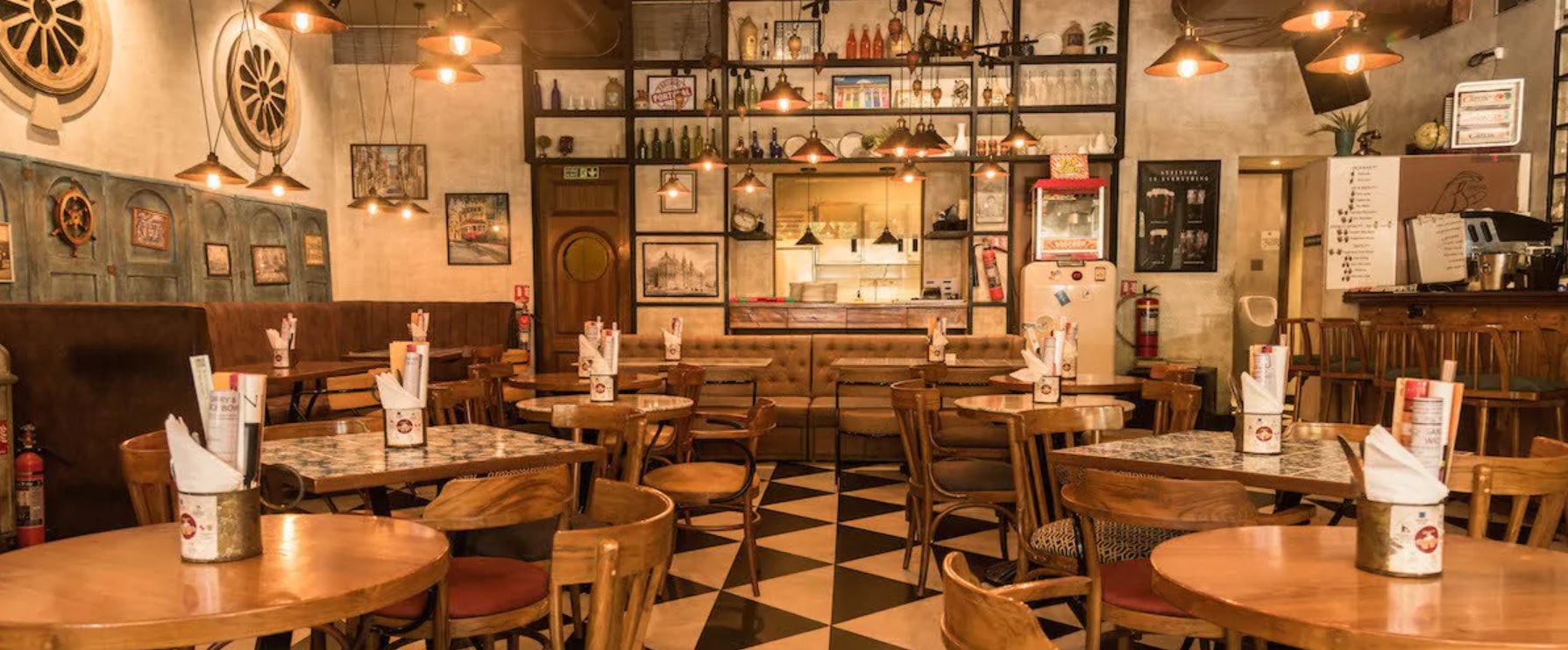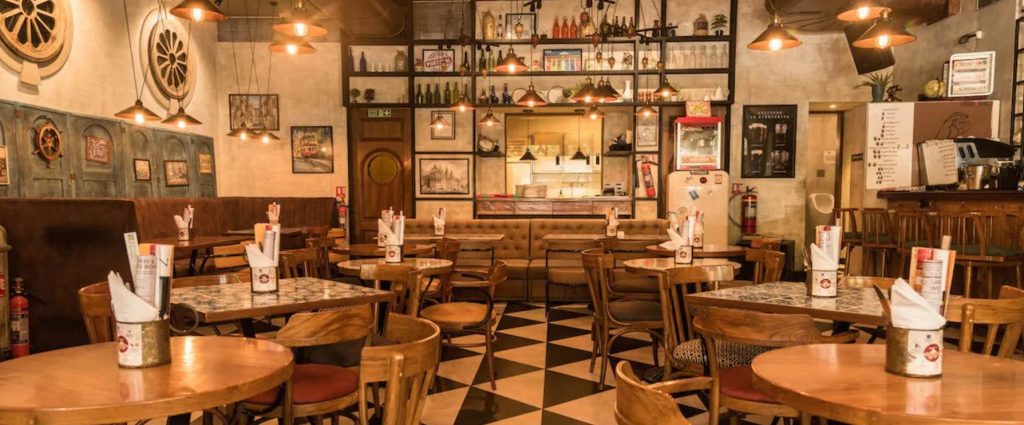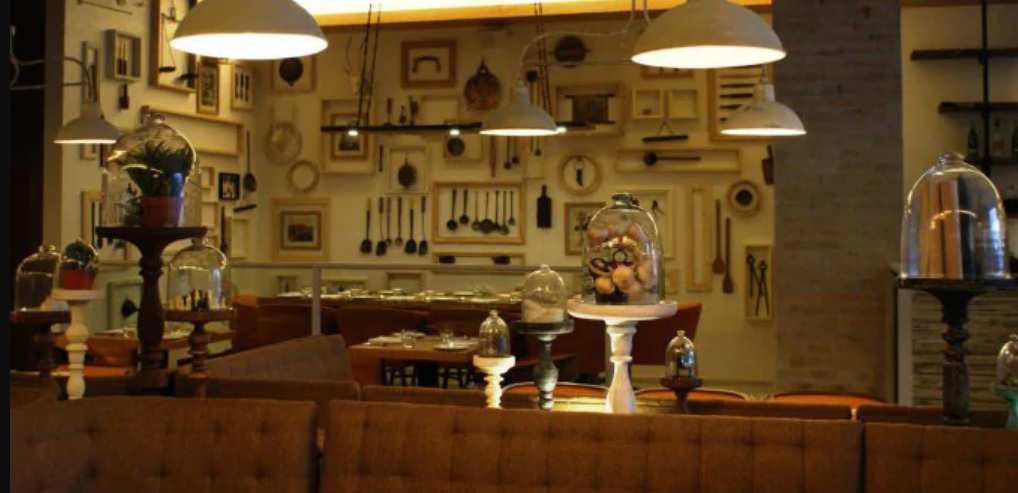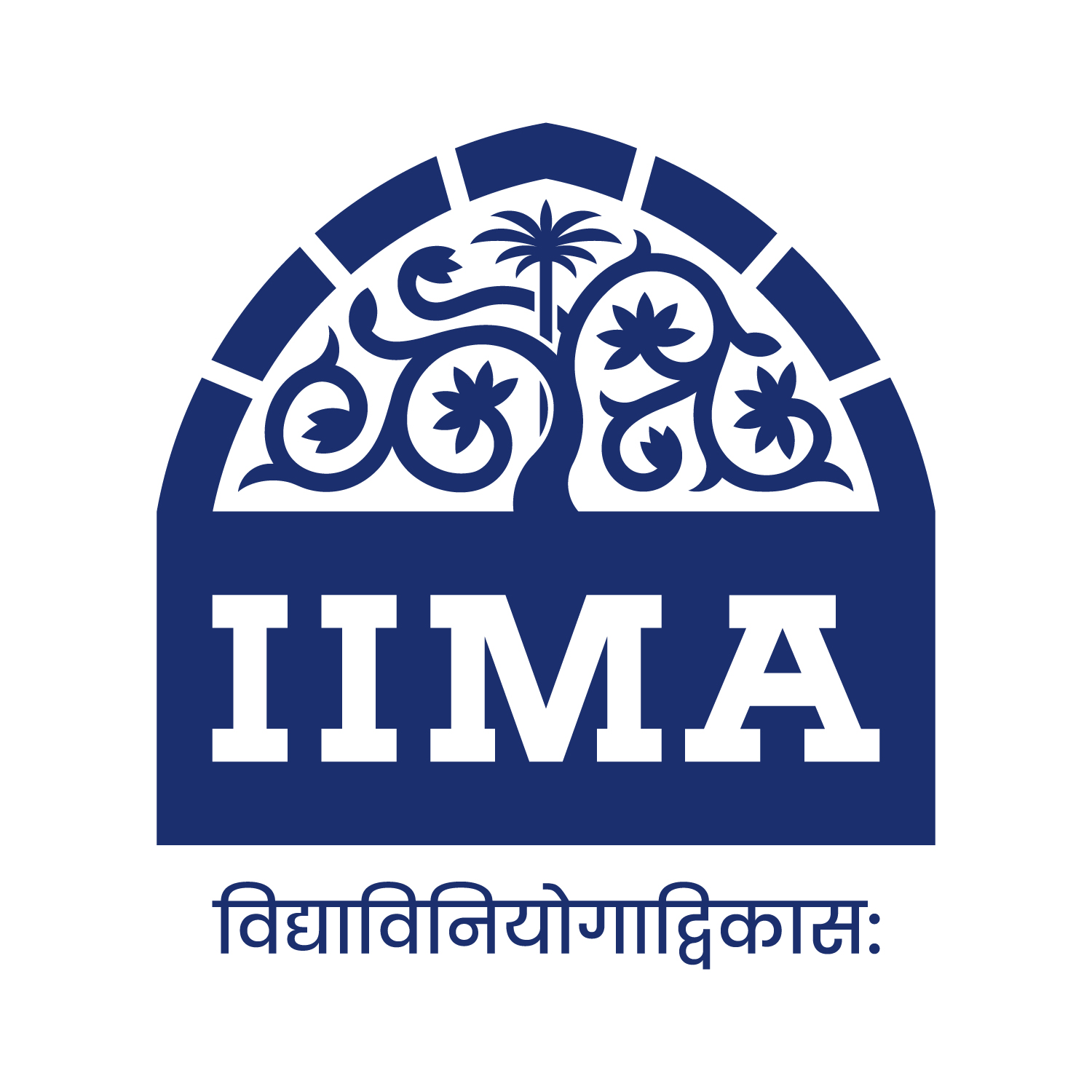RESTAURANTS – HOW LONG IS THE TUNNEL

Shared and authored by Mr Raja Sekhar Reddy (PGP 1994), Founder – Squaremeal Foods Pvt Ltd.
Really how long is the tunnel that has the light at the end? No one knows. And anybody’s guess. But everyone wants to see it sooner.

Mirchi & Mime, serving Indian fine dine cuisine and Madeira & Mime, a bar and café serving global cuisine, are five-year old restaurant brands with two outlets in Mumbai and one in Indore. With steady ratings of 4.9 on Zomato, we are loved by our patrons, most of whom are regulars, who have made it a destination restaurant. So much so that when you have visitors from abroad, they are brought here by their hosts with pride. The uniqueness of our restaurants is – all our serving staff are speech and hearing impaired (SHIs). Thus each restaurant employees 25 SHIs, (75 SHIs) in all, while the kitchen staff and managers can speak. (https://www.zomato.com/mumbai/mirchi-and-mime-powai). That probably makes us the single largest majority-employer of SHIs in India.

Madeira & Mime, Powai, Mumbai

Mirchi And Mime, Powai, Mumbai
![]()
IN COMES COVID: Albeit without warning. And restaurants are shut. Though the nation went into an official lockdown from 23rd March 2020, footfalls all through the early part of March have been under 30%. A little about the economics. Breakeven volumes are at 80% occupancy, with high fixed costs for a dine-in restaurant. At breakeven levels, fixed costs are 60% – which comprises of 20% rent, 20% wage bill, 20% other overheads. EBITDA levels of 15% is a sound state to be in. Once lockdown was announced, the outlets are closed, all staff disbursed, several of them, who come under migrant workers have gone back to their home towns, perishable stocks destroyed (almost 90 days now).
POST COVID CHALLENGES:
Opening up of Restaurants: Government of Maharashtra hasn’t yet announced the opening of restaurants, while national lockdown has been lifted for restaurants. Cannot really blame them as they bear the highest positive cases; the nation is opening up not because we are ready for it, but because we don’t want to destroy the economy any further. We hope that the government will give a go ahead to open up sometime in July or August which will of course be with several restrictions – like 25% occupancy, distance between seats, sanitisation procedures, etc.
Staff availability: With most of the staff moved back to home towns, we are not sure if all of them will come back in one shot or will come in phases. And it is likely that staff will use this opportunity to look for alternate opportunities that work better for them. It’s like all hands a dissolved and the deck is shuffled again – you may not get all your cards back. So training, is another challenge.
Changed Customer buying patterns: Typical eating out for the target segment is about 5 times a month. And now with 3 months of lock down and training to live with necessities and essentials only, customers are both scared of going out to eat, and are also accustomed to changed lifestyles. It is expected that this 5 times a month would come down to 2 or maybe 1, and that would also happen to go to less crowded and overly hygienic places.
High fixed costs: Rentals are the highest fixed costs for a restaurant, and we hope that landlords would offer a fully variable rent plan, which would help us to a bit. However, while the landlords/malls community comes up with such a plan, the industry would see some collateral damage. In Delhi & Bangalore, some restaurants haven’t opened yet as they are lobbying for lower rentals from landlords. The current rental models are 15% of revenue with a very high floor.
Expectations from Government: So far the Government has offered to ease of liquidity by offering loans and moratoriums. However, the industry is not on a liquidity crisis, it is on a temporary closure. So even if liquidity were available, the industry has suffered a loss of revenue with continuing fixed costs. That will takes a long long time before we are able to come out of the shock. So a liquidity influx will not help. A waiver is what may help, in forms of lowering of fixed costs, license fees, taxes, set-offs, etc., which may add up to the bottom line and help cover the losses quicker.
Slowing down of economy: And the icing on the cake is the slowdown of the economy. Businesses have lost money, working employees have lost jobs, (another 30% job loss in on the cards soon), others have lost money in investments, stocks, mutual funds, money stuck in liquidity cycles, bad debts, etc. The propensity to spend will definitely be halved and will take 2-3 quarters to reach back normal levels.
With visibility of so many challenges and not knowing where Covid would actually lead us to, it’s a tough challenge even to think about restarting the business of Restaurants. It’s a long road out there with no pit stops.
Additional Sources:
https://curlytales.com/one-in-four-restaurants-in-india-may-never-reopen-again/ [Dated: link accessed on 10 Jun 2020]
https://m-economictimes-com.cdn.ampproject.org/c/s/m.economictimes.com/industry/services/hotels-/-restaurants/sanitisers-on-tables-thermoscanners-at-the-door-restaurateurs-mulling-unexplored-ideas-to-survive-covid-crisis/amp_articleshow/75766802.cms [Dated: 16 May 2020; link accessed on 10 Jun 2020]



Sorry, the comment form is closed at this time.